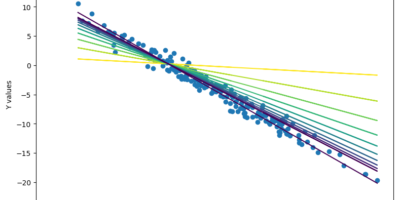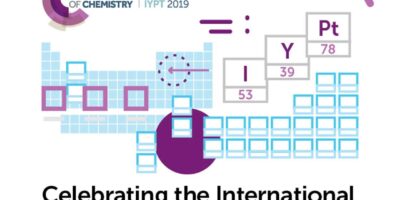A research team working at the University of Cambridge Cavendish Laboratory have developed a method for increasing the efficiency of the conversion of solar energy to electricity, which could be used to create hybrid solar cells exceeding current efficiency limits. The results of this research were published in Nature Materials on October 5, 2014. The research team is comprised of Gates Cambridge Scholar Maxim Tabachnyk, research fellow Akshay Rao, and other members of the Cavendish Laboratory. The team aims to develop an organic film that would be used to coat existing solar cells to convert wasted energy into a form that could be used by the cell to create electricity.
Currently, standard solar cells are made from silicon and have a maximum efficiency of 33.7%. When a photon is absorbed by the cell, an electron is energized and freed from its atom. This creates an electric current used by the cell to generate electricity. However, when a high-energy photon excites an electron, a large amount of the photon’s energy is lost as heat. This energy loss causes the low theoretical efficiency of the cell.
An electron in an excited state is referred to as an ‘exciton’. Certain organic compounds such as pentacene will create two ‘triplet’ excitons rather than one ‘singlet’ exciton when they absorb a single photon. A triplet exciton possesses a lower energy level than a singlet exciton. “The idea is to distribute the energy of incoming high-energy photons into two triplet excitons and to transfer their electrons onto silicon.” Tabachnyk told Electronic Engineering (EE) Times magazine.
Using laser spectroscopy, the team followed the energy transfer between pentacene and lead selenide nanocrystals and observed the transfer of two triplet excitons resulting from the absorption of a high-energy photon. The transfer of excitons occurred within a femtosecond, and energy transfer was shown to have an efficiency of 95% or higher. Previously, the energy transfer had only been demonstrated for singlet excitons.
The organic material used to generate these results, pentacene, would not be suitable to use for coating silicon. For the energy of an exciton to be transferred to a compound like silicon, the energy must be greater than the minimum absorption energy of the compound. The excitons produced by pentacene do not meet this requirement. However, the research team is currently working to find an alternative organic compound for coating silicon cells. The advantage of using organic compounds is that they are easy to process: by producing the organic compound in a solution, it could be printed or sprayed onto traditional cells. This operation would theoretically be cheap and easy to integrate into the current manufacturing process of solar cells.
The Cavendish Laboratory is also investigating other applications for harvesting additional electrons from high-energy photons. But for Tabachnyk’s team, the current goal is to develop a prototype solar cell more efficient than conventional solar cells. This cell would then need to be optimized to meet industry requirements for easy processing and long lifetimes.
Funding for the research was provided by the UK Engineering and Physical Sciences Research Council (EPSRC) and the Winton Programme for the Physics of Sustainability as part of a larger initiative to work through challenges such as climate change and renewable energy.




Leave a Reply